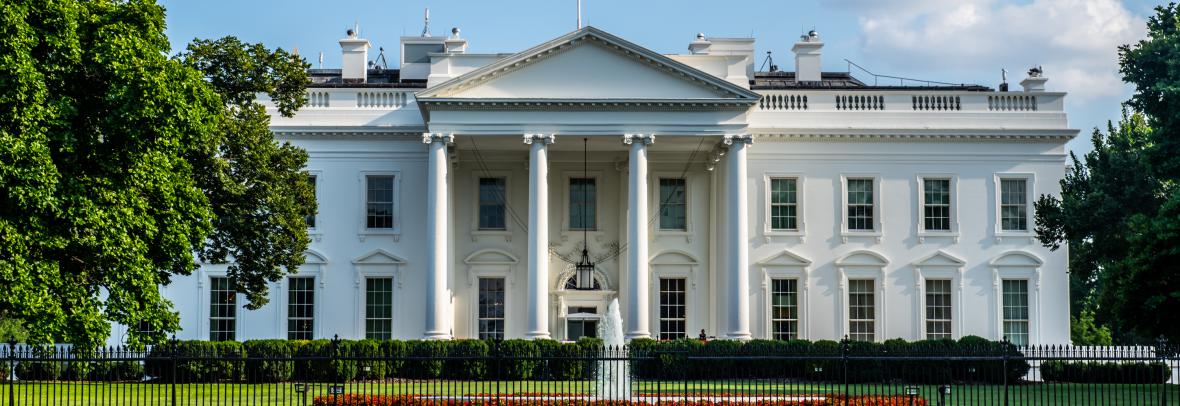
The White House program didn’t take direct action to slow rising rental costs, and a future national rent-control policy is unlikely given prior court decisions.
NEW YORK – The Biden administration tries a new strategy on sky-high U.S. rents. The new White House “Renters Bill of Rights” isn’t exactly a nothing burger, but it doesn’t take any direct action against the sky-high cost of rentals in many sections of the U.S.
The new plan aims to give U.S. renters some relief in the form of government protection against landlords and rental property owners who might otherwise take advantage of any of the estimated 44 million U.S. rental consumers.
With the renter bill of rights, the White House seeks to:
- Guarantee safe, accessible, and affordable housing for renters.
- Mandate clear, concise, and fair rental leases.
- Offer education, enforcement, and enhancement of renter rights.
- Create the right for renters to organize. Provide eviction prevention, diversion, and relief for renters.
“The Renters Bill of Rights is a set of legislative proposals aimed at protecting the rights of renters and improving the rental housing market in the United States,” said Buying Jax Homes founder Nathan Claire. “The White House is trying to accomplish this by addressing issues such as eviction, affordability, and housing discrimination. The goal is to create a fairer and more stable rental market for renters by providing them with greater protections and rights.”
One standout aspect of the Renters Bill of Rights is the protection of renters from eviction without cause. The initiative could provide renters with greater stability and security in their housing, and prevent landlords from evicting tenants for arbitrary reasons.
“Additionally, the provision of access to legal counsel for renters facing eviction is another important aspect of the Renters Bill of Rights, as it would help renters better navigate the legal system and protect their rights,” Claire told TheStreet.
No direct action on rental prices
U.S. renters looking for specific relief from sky-high rental prices won’t find it in the Renters Bill of Rights. (U.S. rents rose 7.45% in 2022.)
“The ‘Renters Bill of Rights’ (RBoR) looks like a new directive to examine and investigate the housing market for unfair or illegal practices,” said BiggerPockets Money Podcast co-host Scott Trench. “It’s hard to find any new actions of consequence in the RBoR that aren’t items like a ‘request for information,’ ‘investigation,’ ‘process to conduct stakeholder outreach’ or ‘workshop,’ unless it is directing actions within government-controlled programs like HUD, USDA, or GSEs like Freddie Mac.”
The proposal’s specifics are somewhat vague, and are difficult to argue for or against – and that’s by design.
“The word ‘reasonable’ pops up frequently throughout the blueprint – and means very little in the current stages,” Trench said. “If a specific policy is recommended as a result of this Blueprint, we can begin discussing whether that policy is ‘reasonable’.”
As far as the proposal’s meat and potatoes, there’s no mention of direct strategies to curb rental costs that could really help renters.
“The RBoR mentions nothing about rent control, but says that increases in rent should be “reasonable,” Trench told TheStreet. “While this word means nothing specific at this stage, it’s not “unreasonable” for a reader of the plan to see it attempt at federal rent controls.
“But it’s a great way to ensure major media coverage.”
It’s not like the White House or Congress would support direct price intervention, such as rent price controls, in the U.S. rental market, anyway.
“The Supreme Court is more conservative. It is less inclined to let agencies assert authorities that Congress did not explicitly give them. Congress never empowered the FTC to limit how much residential rents may increase,” Cowen analyst Jaret Seiberg stated in a research note.
“It’s why we would expect the courts to reject this type of regime.”
An expanding U.S. rental market
Rental costs, like all housing costs, are a product of supply, demand, and administrative costs. While demand is high, supply hasn’t kept up – and that’s a problem for the real estate rental sector.
“The best way to help renters is to reduce the costs associated with supply and demand and keep them sustainably low to encourage more housing supply and a more efficient market (where all units are filled),” Trench noted.
The good news on this front is that the most housing supply ever is about to come online, with 900,000 multifamily units, and another 700,000 single-family units being built nationwide.
“This will come online in the South and West primarily,” Trench said. “That supply will absolutely have a softening impact on both rents and housing prices in many regions around the country.”
To further increase the supply of affordable housing, federal and state public policymakers could roll out initiatives such as tax incentives for developers to build more affordable housing units. Funding for non-profit organizations that build and manage affordable housing could also be made available.
“Additionally, implementing efficient zoning policies that allow for the construction of more housing units in urban areas can help to increase supply and drive down costs,” Claire said. “This, combined with protecting renters’ rights through measures like the Renters Bill of Rights, could help create a more stable and affordable rental market for renters.”
© Copyright 2023 Jackson Progress-Argus. All rights reserved.
Go to Source
Author: kerrys



